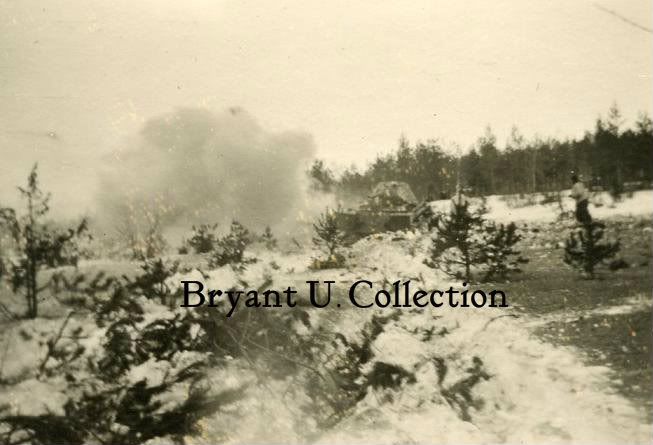Two more, possibly more straightforward? The radiator blind does not help on one. Kerry.
Announcement
Collapse
No announcement yet.
Post your unidintified vehicle photos here.
Collapse
X
-
Hi Kerry:
I am on my laptop and away from my records and reference materiel for a bit but...... Just to get started.
1. Mid late thirties Renault I think and perhaps a Voisin.
2. A Buick 1937-1938 and a Citroen.
3. Most likely a Plymouth.
4. A Ford 1939/1940.
5. An early Renault.
I will revert later with more details.
Cheers
Bill
Comment
-
Hi Kerry:
Just one for the moment.
Sorry, no tag on the photo. Berliet 1937 11 CV I believe
BillAttached FilesLast edited by Bill Murray; 08-23-2012, 04:34 PM.
Comment
-
Hallo my dear friend Holger:
Another lesson from the Master of German vehicles, which I always enjoy and try to learn from.
In this case, I spent too much time focusing on the Wehrmacht drivers cabin and not enough time on the type of road wheel.
I have many photos of the Borgward 3 tonner with that cabin and many show the extra width of some centimeters of the cabin vis a vis the motor hood. This extra width is not seen on the normal closed cabin on either vehicle.
Even though I have many reference books with photos of te Opel 3 tonner, 4X2 and 4X4, and I had many example photos in my photo files, when I made my choice, I did not have a really good view of the meeting of the motor hood and the drivers cabin on my Opel photos. Not even,,,,,,,, on your site.
Today, I found some such photos. So, it is not unique to the Borgward.
I must say on the other hand that aside from the road wheels , the damn trucks look almost identical to me with that Wehrmacht cab. The engine hood louvers are almost the same, the general appearance of the vehicle is the same, the cabin is the same etc. etc.
I will be more careful in the future and again, thanks for the lesson.
Cheers
Bill
Comment
Users Viewing this Thread
Collapse
There are currently 214 users online. 0 members and 214 guests.
Most users ever online was 10,032 at 08:13 PM on 09-28-2024.




Comment